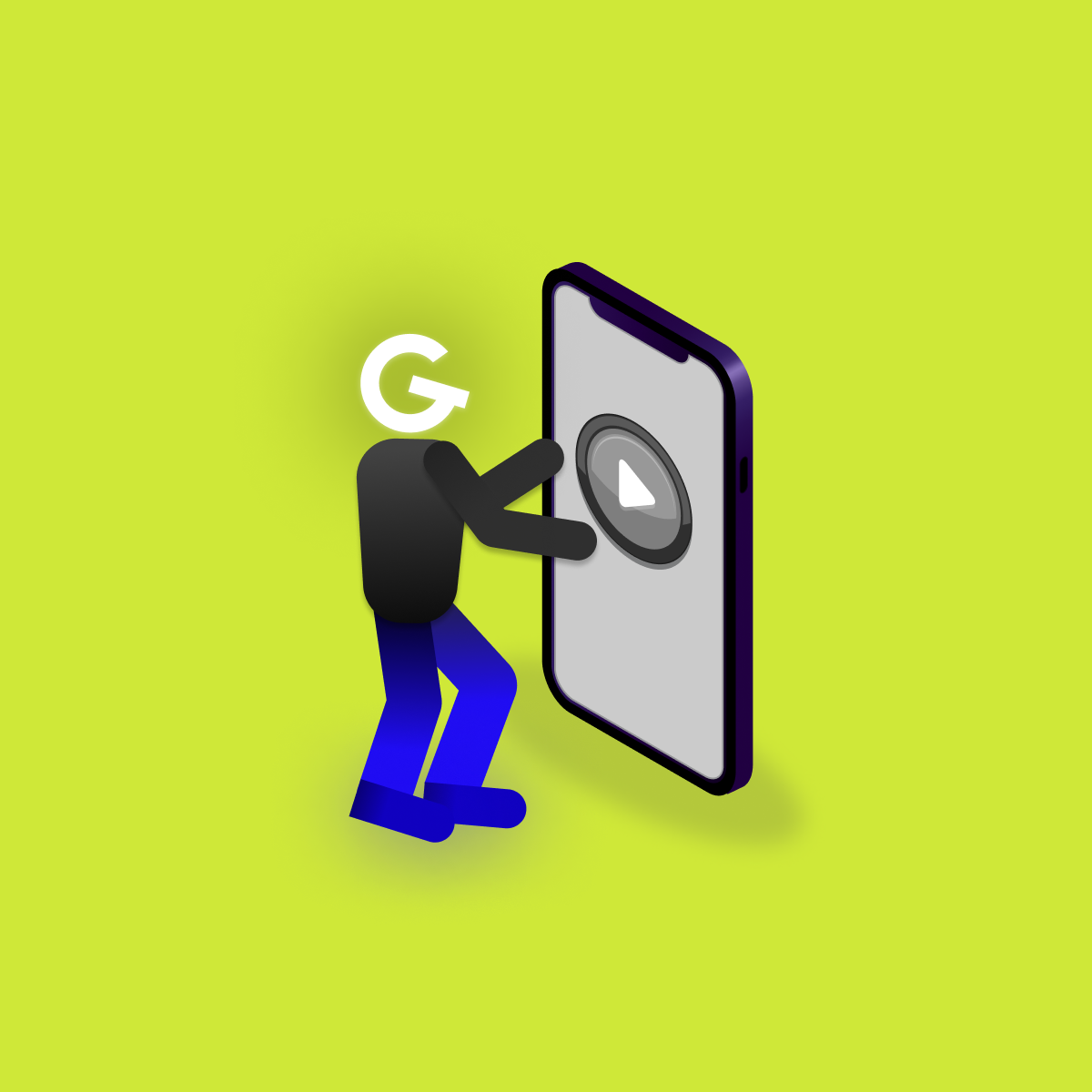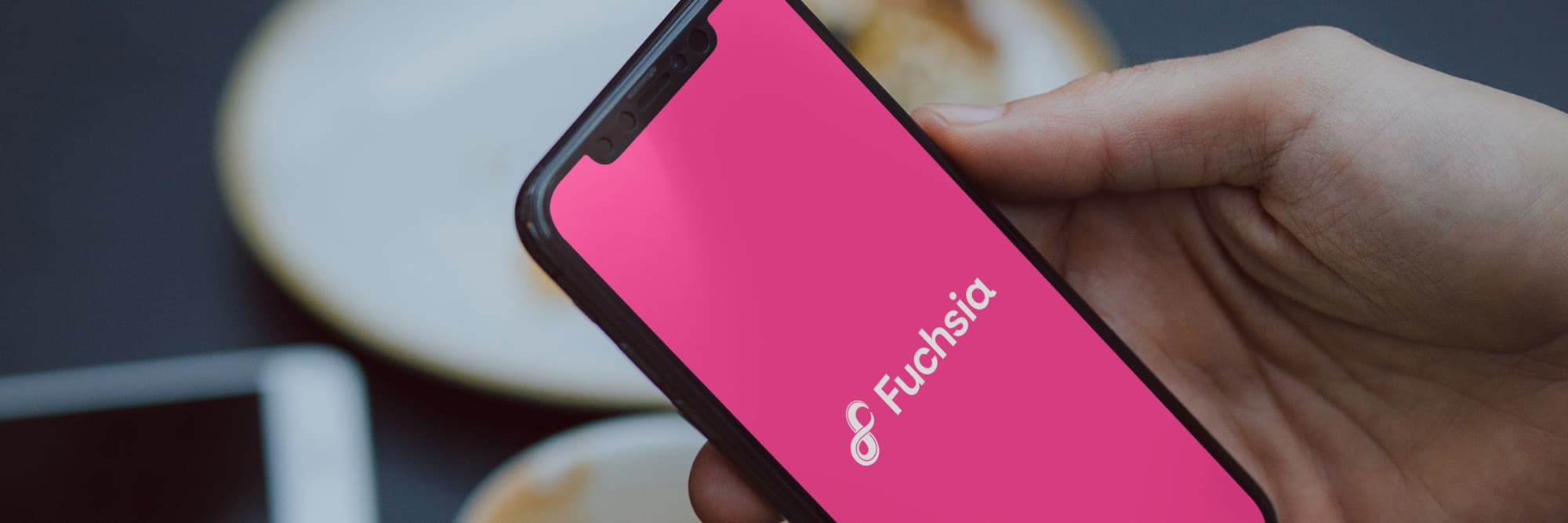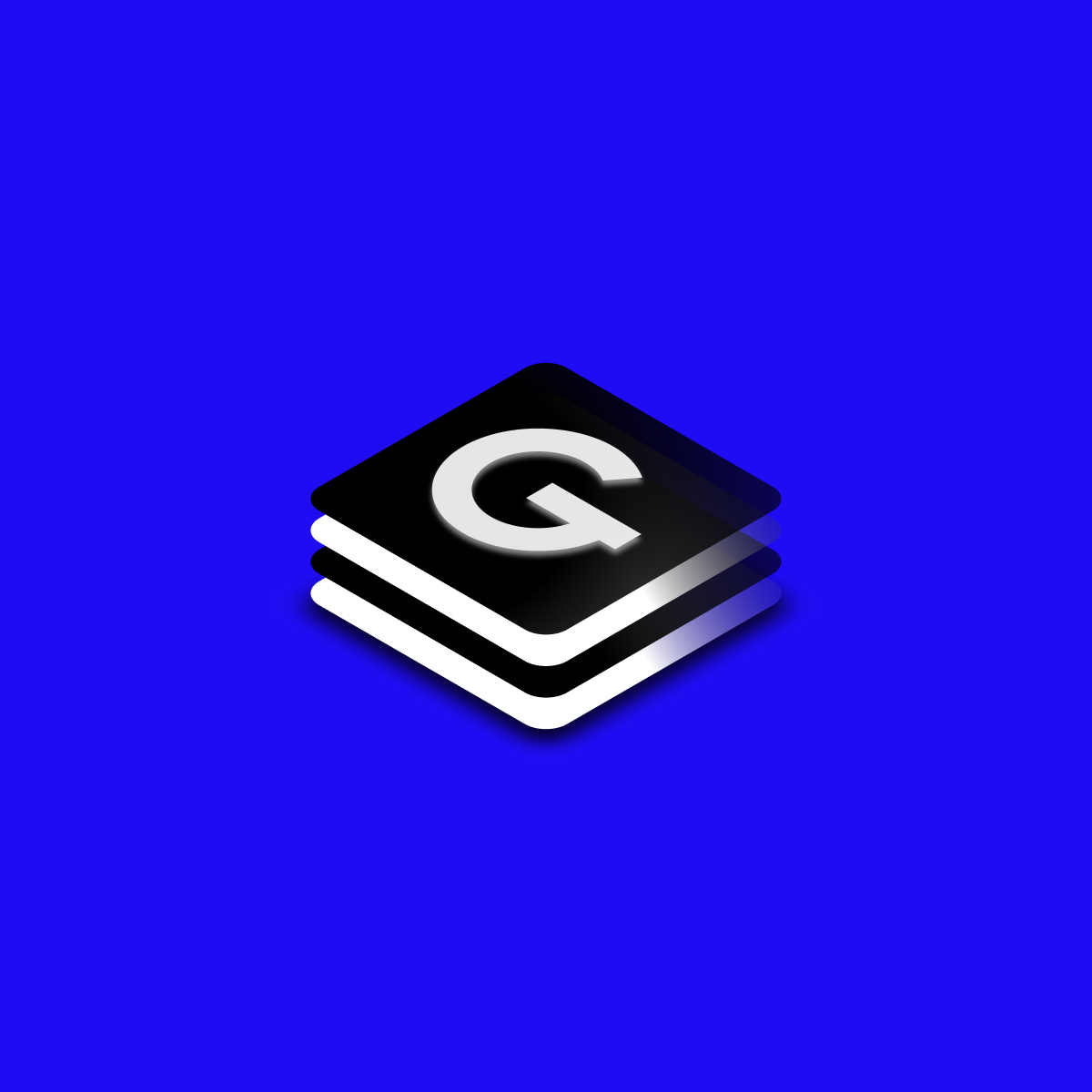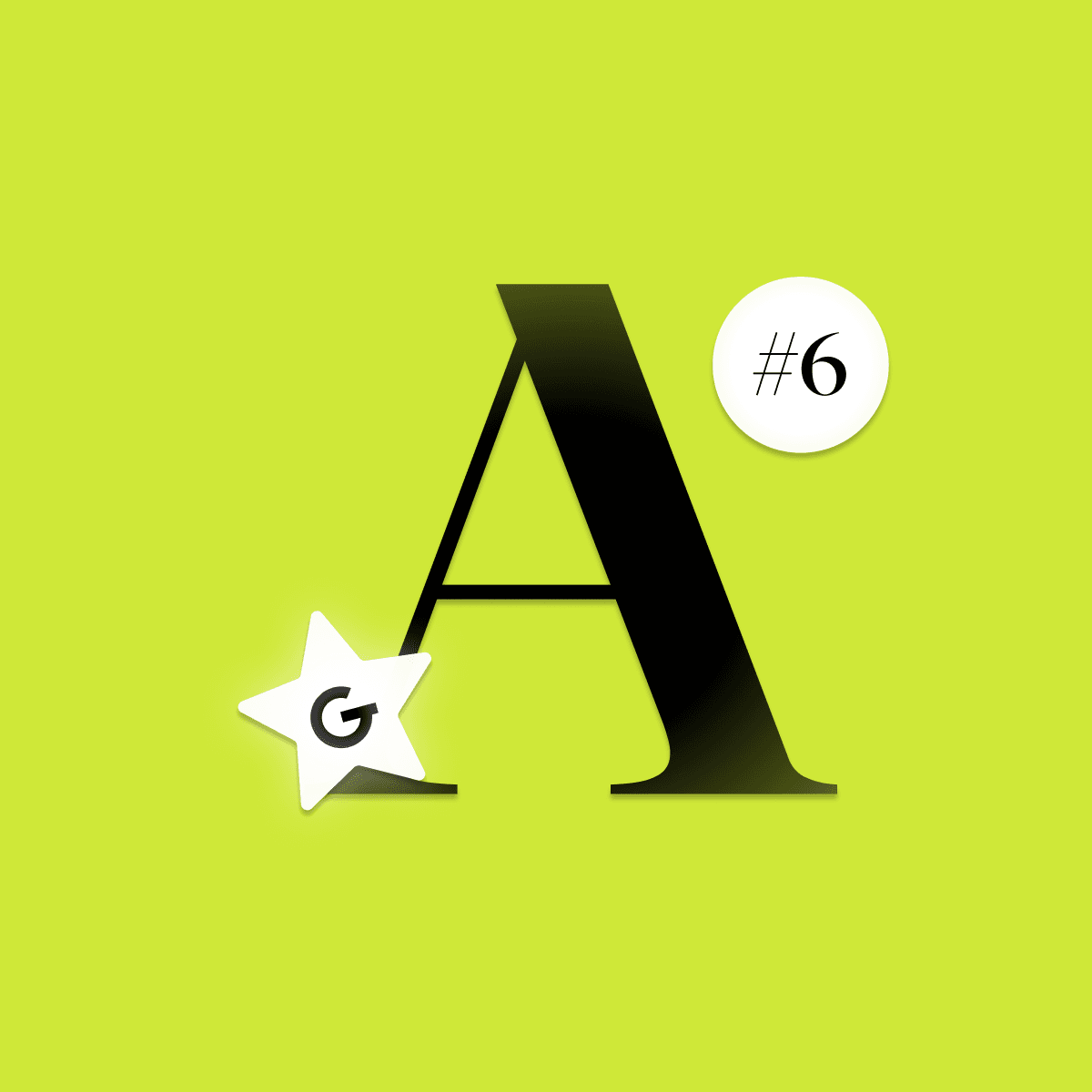
Embedded games in mobile apps: Make your app more attractive

Fuchsia is an open-source operating system from Google. This project first appeared in 2016 on Git. Let's have a look at the most interesting features and its future.


Unlike Android, or Chrome OS - Fuchsia is not based on the Linux kernel, but on the new Zircon microkernel also developed by Google. So it looks like in 2016 Google started developing a new kernel with a new operating system. Fully aware of the problems that Android has, it is very clear to see that they want to go through them. We are talking mainly about problems that affect programmers. The basic problems that Fuchsia solves are:
The development of Fuchsia is still very much alive. Today (July 22) until 13:00, 50 commits were added to Git, and it doesn't look like development should stop in the near future.
On the contrary, this year Fuchsia recorded several novelties, in May 2021 Fuchsia was deployed for selected users of the Nest Hub. Meanwhile, Samsung has joined the list of contributors. Fuchsia also received a new logo and the official Discord channel dedicated to Fuchsia was even opened this month. We got to the official documentation already last year.
Despite the fact that Fuchsia is still rolling forward, no one knows where it is actually going. It's interesting to imagine how Google will wage war between its two operating systems. Flutter applications can run on both Fuchsia and Android, indicating that a certain percentage of applications will be able to circulate quickly. But I personally cannot imagine the war and I wonder when and if we will get some compatibility solutions to make the transition from Android to Fuchsia painless. Some argue that Fuchsia is simply a test for Google to find out what's next. Others claim that Fuchsia will fully replace Android.
We are waiting for what Kotlin multiplatform will bring and we are also waiting for JetPack Compose. We are waiting for Fuchsia. Each of these technologies has great potential to move application development in its own way, and no one really knows where we will be in a few years.






